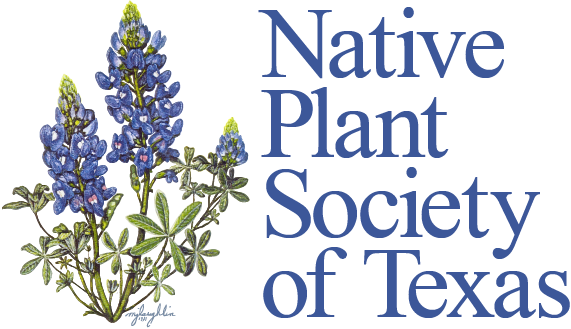Chapter Meetings are Held at the Urban Ecology Center at Phil Hardberger Park and Via Zoom
Meeting Time
Log in at 6:45 if attending via Zoom
7:00 pm – Meeting and program
Our chapter meets on the 4th Tuesday of every month in The Gathering Hall at The Urban Ecology Center at Phil Hardberger Park and via Zoom except August, November, and December. The meetings are free and open to members and the general public. To get information by email on how to register in advance for each monthly meeting, please subscribe to the NPSOT Mailing list.
Chapter Meeting Presentations
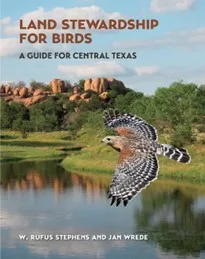
Land Stewardship for Birds
May 28, 2024: Presentation by Rufus Stevens. Land Stewardship for Birds: A Guide for Central Texas
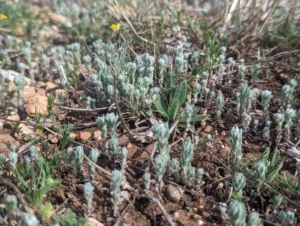
Identification Tools for Native Plant ID
Presentation by Zach Ritchie. Identification Tools for Native Plant ID
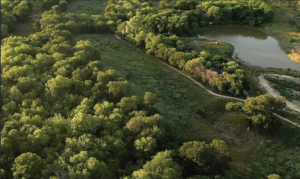
A Discussion of Arboretum San Antonio
Presentation by Dr. Kelly Lyons and CEO Thomas Corser. A Discussion of Arboretum San Antonio
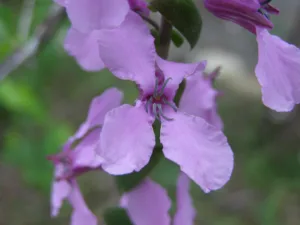
A Rare Texas Native-Conservation of the Bracted Twistflower (Streptanthus bracteatus)
February 2024 Presentation by Wendy Leonard. A Rare Texas Native-Conservation of the Bracted Twistflower (Streptanthus bracteatus)
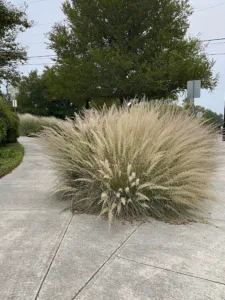
Utilizing Native Grasses in Residential Landscapes
January 2024 Presentation by Cleveland Powell. Utilizing Native Grasses in Residential Landscapes
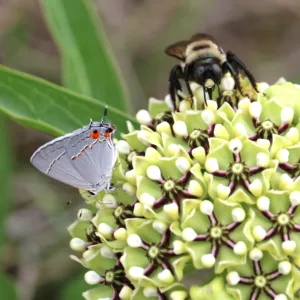
The Magic of Milkweed
October 2023 Presentation by Lee Marlowe: The Magic of Milkweed
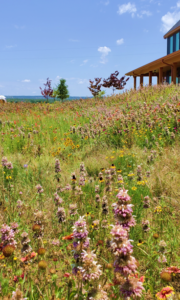
Restore the Earth! Create a Pocket Prairie
September 2023 Presentation by Michelle Gorham of Native American Seed Restore the Earth! Create a Pocket Prairie Converting even a small patch of earth with native prairie species can make

You Are What You Eat – Dining from a Bee’s Perspective
July 2023 Presentation by Mark De KiewietYou Are What You Eat – Dining from a Bee’s Perspective Mr. de Kiewiet will discuss his practice keeping feral bees “back to how
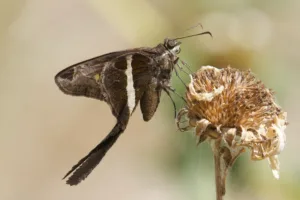
Butterflies of Bexar County
June 2023 Presentation by Zachary Tonzetich Butterflies of Bexar County Zachary Tonzetich will discuss some of the basics about how to get started in butterfly watching, describe some identification tips,
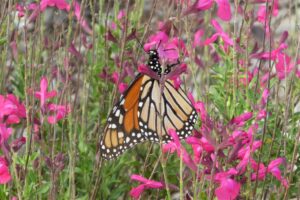
Wings in the Wildscape Demonstration Garden: A Story in Photos
May 2023 Presentation by Patsy Kuentz Wings in the Wildscape Demonstration Garden: A Story in Photos Patsy Kuentz, is member of our NPSOT chapter, a Certified Alamo Area Master Naturalist,
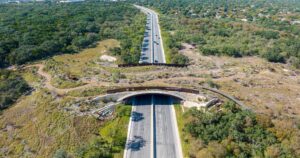
Hardberger Park: From Conception to Completion
April 2023 Presentation by Wendy Leonard Nature Preserve Officer City of San Antonio Phil Hardberger Park Phil Hardberger Park opened to the public in May 2010. Wendy Leonard, PHP Nature
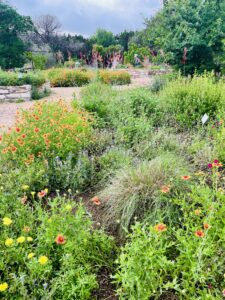
Welcome Home to Phil Hardberger Park!
March 2023 Presentation by NPSOT Members Join our chapter as we officially kick off our new home for meetings. Chapter members will give short presentations related to the Park and
